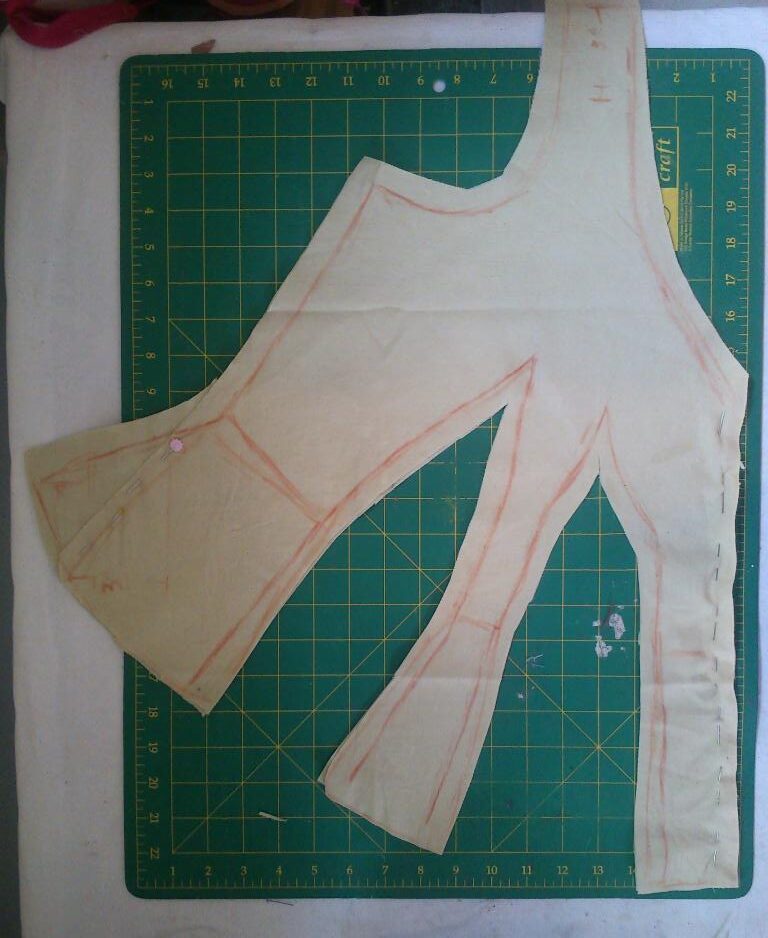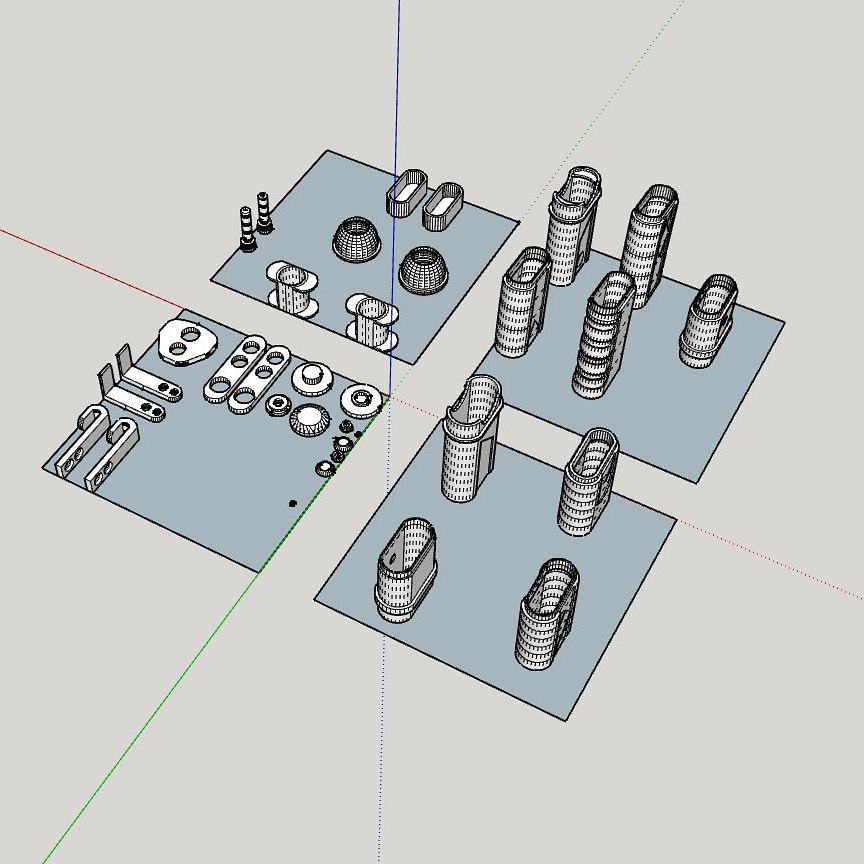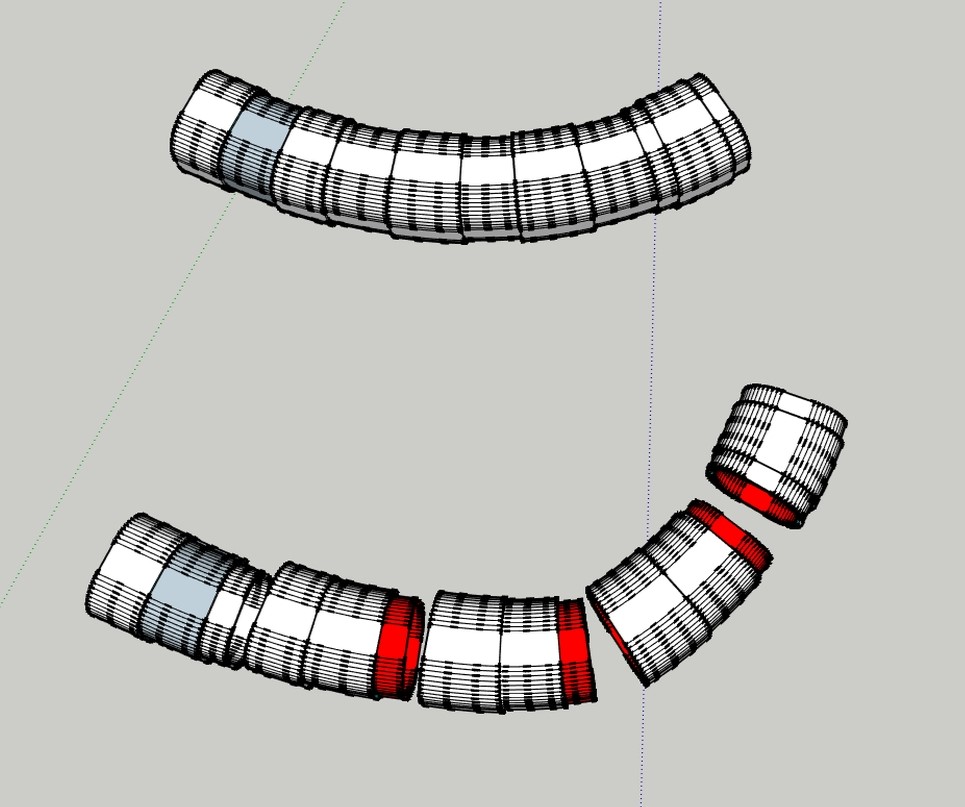Well not me, though I did dye my eyebrows and hair yesterday making the title fit. No, I mean this website, but in a way it’s to make it clear my two sites are connected but not to the point people mistake one for the other. Meanwhile guess who has had another drive fail?
I worked so very hard to avoid this. The due diligence I put in to research was still worthwhile, but the kind of problems with both these drives are not revealed until a year into use.
I’m very lucky though that aside from costume research from October last year everything on the drive is a copy anyway and I had already backed everything up on my itty bitty external and my OS drive.
I’m also lucky that despite being the same problem of bad sectors they are all in the MFT. Which is what’s used to keep track on where the files are located. If that sounds familiar from anything I’ve written it probably is.
You see the itty bitty drive was formatted in MFAT. Which doesn’t use journaling. The drive is meant to be used to make a full copy of the image of a drive to be copied from. Then you wipe the drive and start again. Luckily it still does work in NTFS.
But that experience is what helped me identify what is wrong with this last drive. I saw a file leave behind its thumbnail. Then a different file opened in the associated program but was a different file type and name.
So it was pretty clear this was an issue with journaling.
So then I checked my logs and yes I’m very lucky indeed. Under both disk and ntfs there were only three days were these occurred. And within that just one file had errors outside the MFT.
But for every single error I found and searched for? I wound up finding the same make and series of this drive pop up. And I did not include my drive. In fact when I looked for the particular model I had less useful results.
But one site seemed to point to a flaw in default drive settings. So I’m hoping I can just put the drive aside in a stable state and use the drive that arrived yesterday. So far one folder indicates different contents to the drive. So yes, I think the contents are safe. I at the very least can use the new drive and leave the other one alone until I find the very best least destructive way to close it properly. Oh like the bad SSD.
Meanwhile I’m reinvigored to finish my Bruyn Anne of Cleves gown. Though also to get my teal gown made over. SIX has started their tour and I’ve got my ticket and it all fits very neatly within my obligations for ICMS including recovery time.



